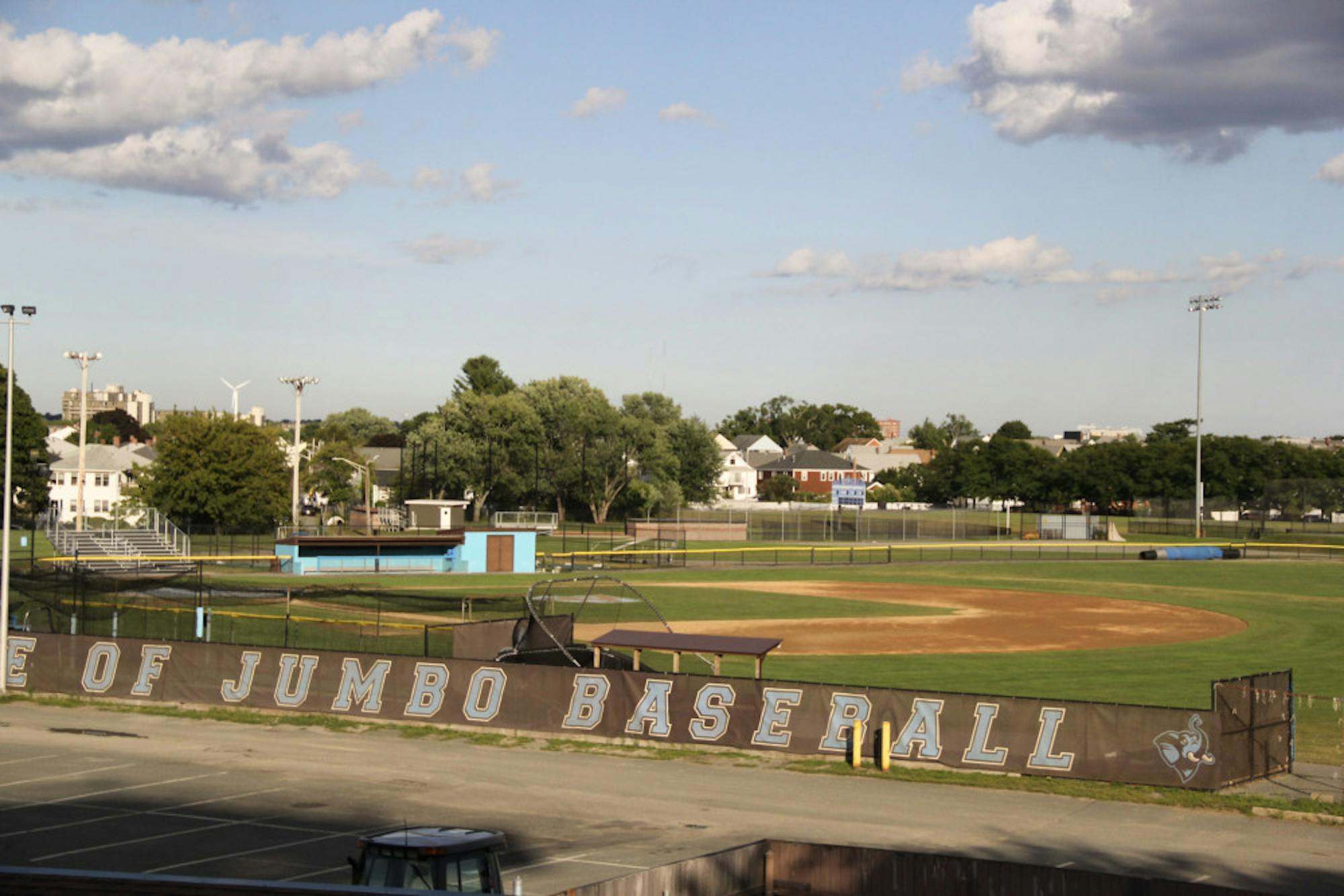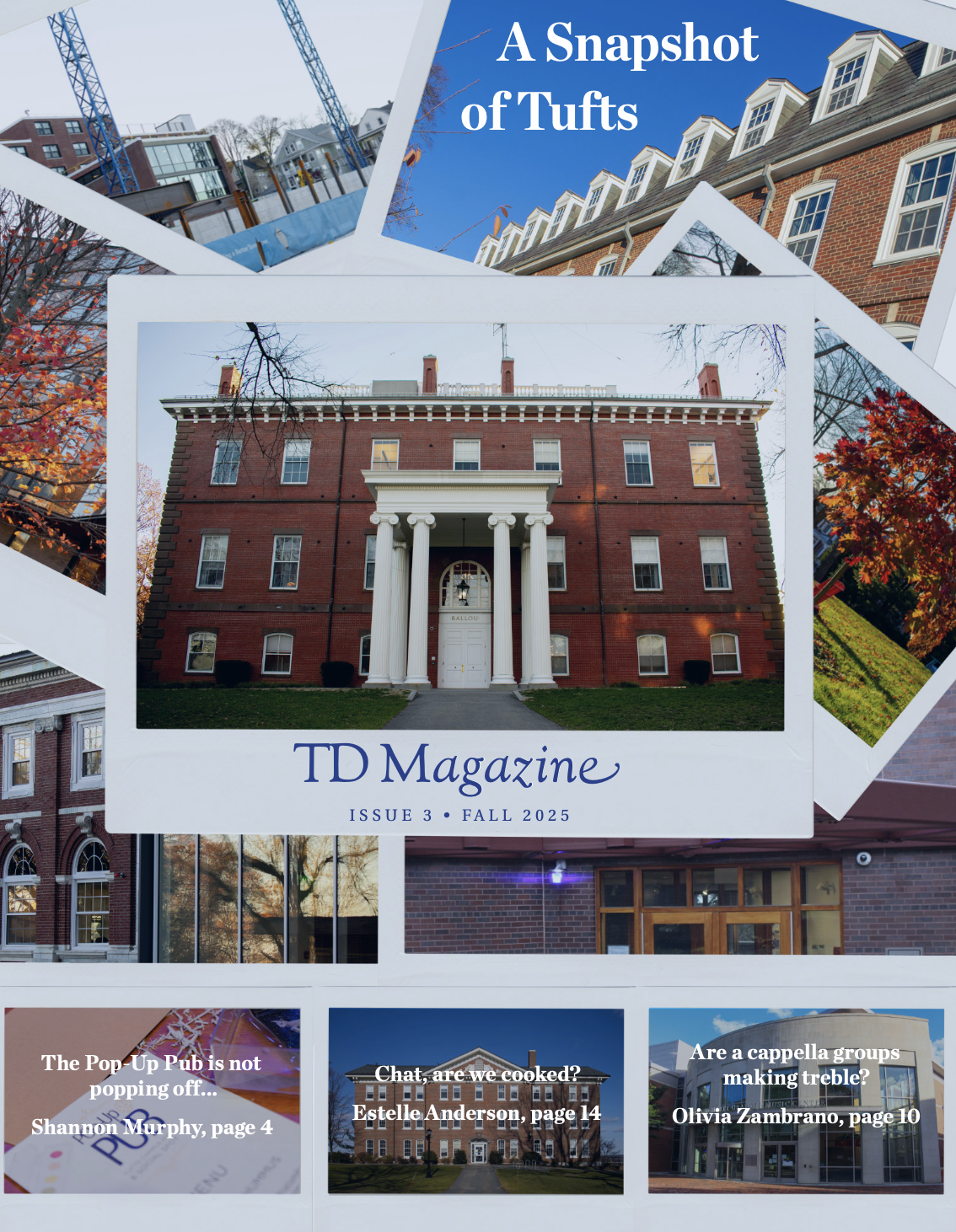As the fall semester comes to an end, the university imposed new guidelines for athletes and sports teams to follow, preventing them from conducting practices for the rest of the semester. Most athletic teams have been winding down their practice schedules leading up to Thanksgiving break, and the new regulations have not altered much of the team’s plans for training through the end of the fall semester.
In an email sent out to the student body on Nov. 19, University Infection Control Health Director Michael Jordan, Director of Athletics John Morris and Dean of Student Affairs Camille Lizarríbar indicated that athletic practices would be canceled for the rest of the semester in an effort to keep the community safe amid the recent rise in COVID-19 cases. The update disclosed that effective immediately, athletic practices will be discontinued for the remainder of the year.
As indicated in the email, there is no evidence that the rise in COVID-19 cases is linked to athletic practices, but the cancellation of practices is a precaution that the university will take in an effort to reduce contact among students.
"Athletics are a vital part of life at Tufts, and we are disappointed that we must take these actions. We all look forward to a bright and COVID-free future when we can cheer on the Jumbos as they play rival teams and when athletic practice returns to normal," the email said.
A few weeks into the semester, the athletics department approved contact practices. This allowed coaches to plan practices that allowed for more game-like play rather than just drills focusing on shooting and technique. Prior to contact practices being cleared, athletes were only allowed to train when there was no contact between players.
“The transition when we first started [the semester] was definitely tough on a lot of people. We weren't sure what to expect of each other going into this, which was really hard. It definitely took a week or two for us to figure out exactly what it was we were gonna be doing,” Jackie McCarthy, a sophomore defender on the field hockey team, said. “Once we did figure that out, we definitely had a stride and practice felt more purposeful and productive and stuff. As we were getting more and more comfortable we were able to switch into practices with contact, which was huge. That felt almost like a real practice.”
In order to reduce the contact between athletes, smaller groups of athletes who played in similar positions would meet for practices.
“In the beginning, there was no contact and mostly shooting drills and passing drills. We divided up into two groups of about eight or nine, and that was the main portion of what we would do for the first month,” Calvin Aroh, a senior midfielder on the men’s soccer team, said. “The best practices are usually when the drills are a little bit more engaging and fun. Everyone was annoyed by the fact that we could not play contact, but practices where we were able to have fun together and still practice and still hang out, those practices ended up being better.”
With fall and winter athletic seasons canceled amid the coronavirus pandemic, athletes and coaches used this irregular offseason as a way to develop play and to offer some semblance of normalcy for athletes used to rigorous training schedules during the regular season.
“The hardest part was expectations. The coaches didn’t know how [the team] was going to react and how we were going to come into this fall. When we got there, [our expectations] didn't really match what we thought they were going to have throughout the summer,” McCarthy said. “There's a lot of frustrations on both sides because of that, but I think once we got into our groups a bit we really did make the most of it and all we can ask for through this time is to just get a little bit better than we could have been last year. Hopefully, going into the spring, we'll be able to be in contact again and have some more players here than we did in the fall. I'm really hopeful that we can keep that progression going.”
Many sports teams had elected to begin winding down practices prior to the announcement that the university made mid-November. Among these include the men’s soccer team, which decided to stop regular training sessions shortly after the athletics department halted contact practices.
“Because we went back to noncontact, we weren't getting as much out of [practice] as we were. If we were not going back to contact, we're going to end up in a rut,” Aroh said. “After Thanksgiving, it’s more of going out on your own. There's no set plan we have to do. A lot of the freshmen are home doing their own thing, and the guys that are still here can go out and [work out] together.”
The university and the NESCAC have yet to announce plans regarding the spring athletic season or any plans to return to athletics. Spring season coaches and athletes have been training during this offseason in anticipation of a return to sports; however, with months until the season would likely begin, a lot can change for college campuses across the country.






